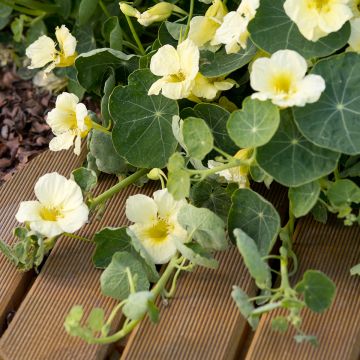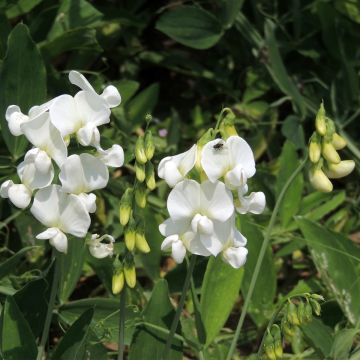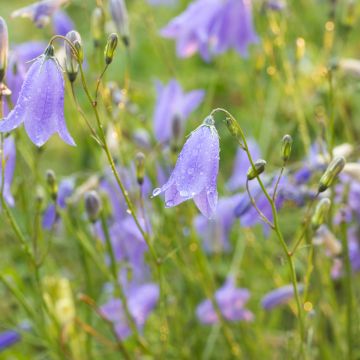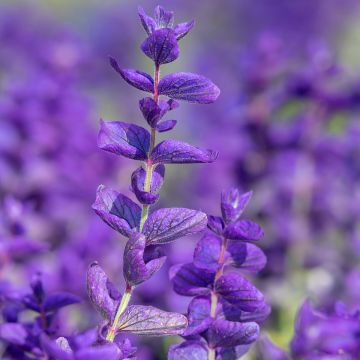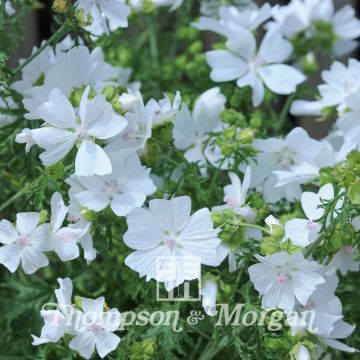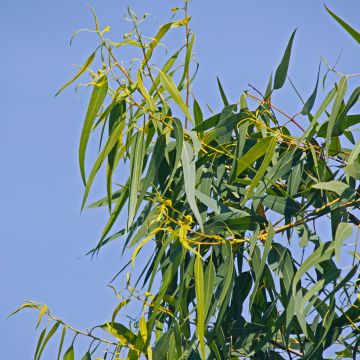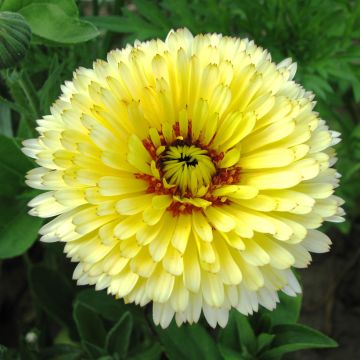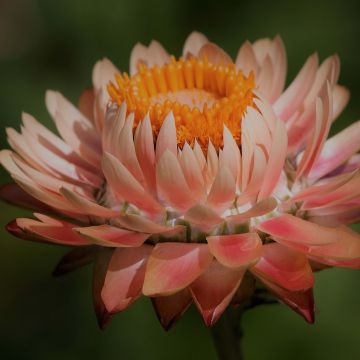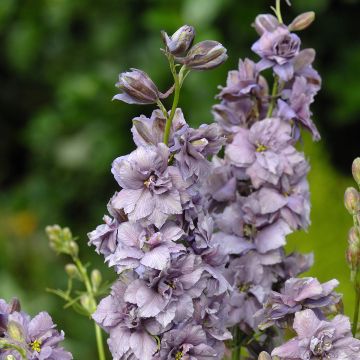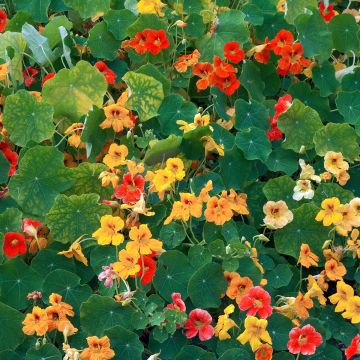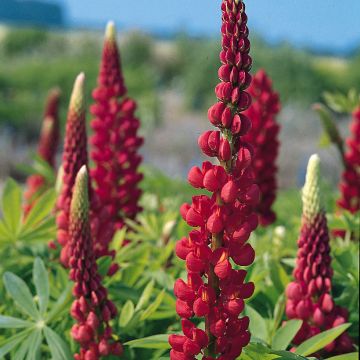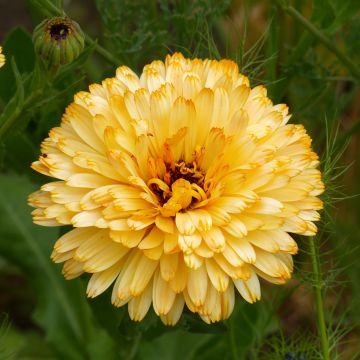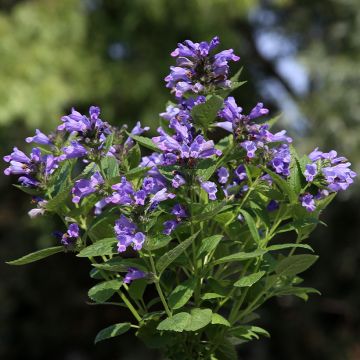Shipping country and language
Your country of residence may be:
Your country of residence is:
For a better user experience on our website, you can select:
Your shipping country:
-
Andorra
-
Austria
-
Belgium
-
Bulgaria
-
Canada
-
Chile
-
Croatia
-
Cyprus
-
Czechia
-
Denmark
-
Estonia
-
Finland
-
France
-
Germany
-
Greece
-
Hungary
-
Iceland
-
Ireland
-
Italy
-
Latvia
-
Lithuania
-
Luxembourg
-
Malta
-
Monaco
-
Netherlands
-
Poland
-
Portugal
-
Romania
-
Slovakia
-
Slovenia
-
Spain
-
Sweden
-
Switzerland
-
United Kingdom
We only deliver seed and bulb products to your country. If you add other products to your basket, they cannot be shipped.
Language:
-
French
-
German
-
Spanish
-
English
-
Italian
My Account
Hello
My wish lists
Log in / Register
Existing customer?
New customer?
Create an account to track your orders, access our customer service and, if you wish, make the most of our upcoming offers.
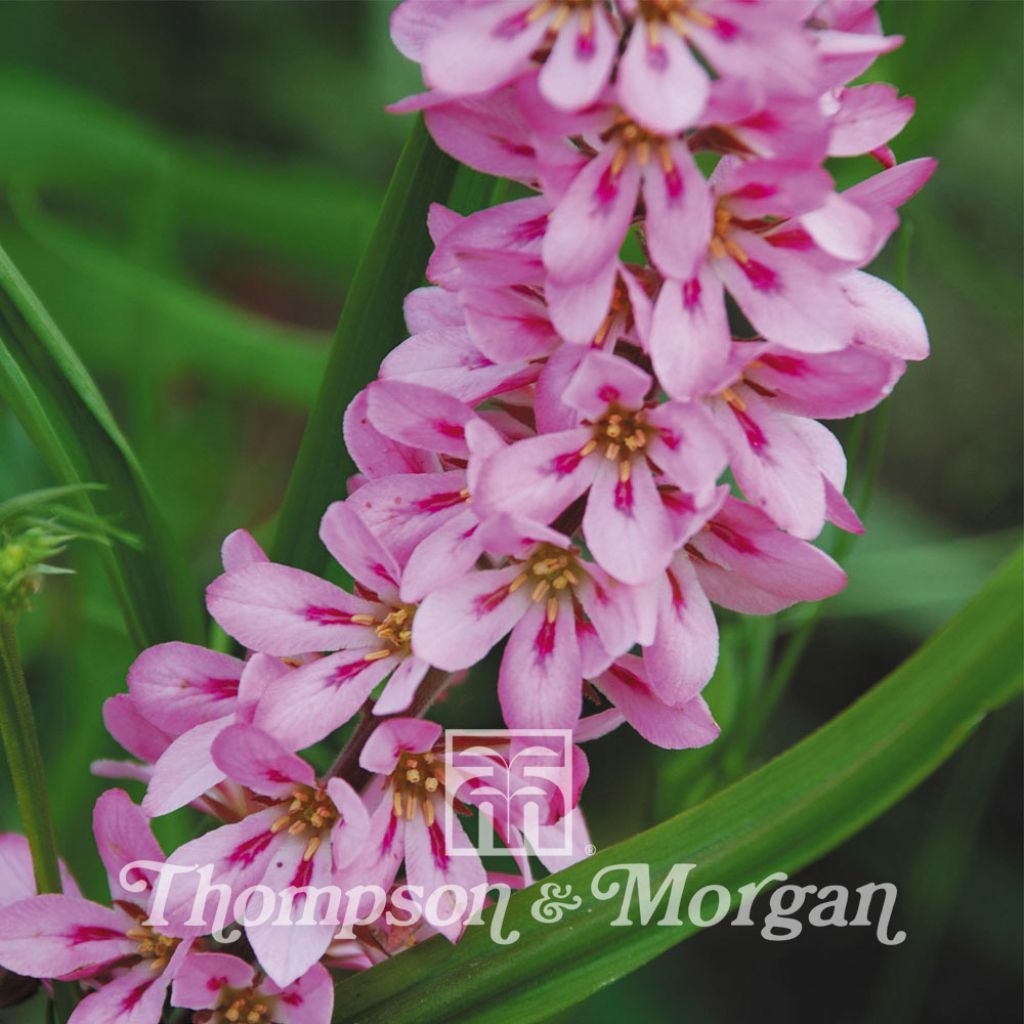

Francoa Sonchifolia Pink Giant
Francoa sonchifolia Pink Giant Seeds
Francoa sonchifolia Pink Giant
Wedding Flower, Bridalwreath
To be observed during sowing. Generally very disappointed with Thomson and Morgan as nothing, absolutely NOTHING, germinates; maybe the quality has finally changed.
Mylene, 02/02/2019
Order in the next for dispatch today!
Dispatch by letter from €3.90.
Delivery charge from €5.90 Oversize package delivery charge from €6.90.
More information
This item is not available in your country.
Schedule delivery date,
and select date in basket
This plant carries a 6 months recovery warranty
More information
We guarantee the quality of our plants for a full growing cycle, and will replace at our expense any plant that fails to recover under normal climatic and planting conditions.
Seed-only orders are dispatched by sealed envelope. The delivery charge for seed-only orders is €3.90.
Does this plant fit my garden?
Set up your Plantfit profile →
Description
Francoa sonchifolia 'Pink Giant' is a remarkable but little-known Chilean perennial, still little used in our gardens. This plant native to the Andean mountains forms a basal rosette of slightly tough undulate leaves from which solid stems emerge in summer, bearing majestic spikes of bicolored flowers, pale pink, with a punctate corolla throat of bright pink. These highly prized flowers in floral art can also be used to create magnificent borders. Like saxifrages, this somewhat tender plant is well suited to alpine greenhouses and thrives in sheltered, semi-shady positions, in well-drained, moist and humus-rich soil.
Francoa sonchifolia 'Pink Giant' is a perennial evergreen of mountain origin belonging to the Francoaceae family, grows in the rocky crevices of the dry region of the steep reliefs of the Chilean Andes, where it forms dense ground cover. This plant develops a basal rosette consisting of persistent, lanceolate, deeply lobed and undulate leaves of variable shape. It produces unbranched stems in summer, carrying compact clusters of star-shaped flowers 1 to 2cm (0.8in) in diameter at a height of 90cm (35.4in) from the ground. They emerge as deep pink buds, then open into pale pink corollas marked with a small bright pink comma at the base of the petals. This species can tolerate temperatures of around -10 to -12°C (14 to 10.4°F) for a short period if the soil is dry in winter.
Often used in bouquets because their flowers are beautiful and long-lasting, Francoas thrive in sunny or semi-shady positions, forming magnificent borders along paths or in front of perennial and annual massifs. These majestic alpine plants are ideal in cool rockeries, surrounded by saxifrages, edelweiss, Ajuga reptans, gentians, Alchemilla mollis, or Androsaces. They can also be grown in pots, which will protect them from winter rains and ensure their perenniality.
Report an error about the product description
Flowering
Foliage
Plant habit
Botanical data
Francoa
sonchifolia
Pink Giant
Saxifragaceae (Melianthaceae)
Wedding Flower, Bridalwreath
Cultivar or hybrid
Other Thompson and Morgan seeds
Planting and care
Sowing:
Sow Francoa seeds from February to June. Sow on the surface of moist and well-drained compost, in pots or trays, and cover the seeds with a pinch of vermiculite. Keep the sowing at a temperature of 13-15 °C. After sowing, do not exclude light as it promotes germination. Keep the compost surface moist but not waterlogged; germination usually takes 14 to 30 days.
Transplant the young plants into 7.5cm (2.8in) pots or trays and grow them in a cooler environment. Acclimate them to cooler conditions for a few weeks before final placement. Maintain a spacing of 45-60cm (17.7 - 23.6in) between each plant.
Cultivation:
These plants should be grown in humus-rich, moist soil in spring and summer, but with good drainage. They dislike waterlogged soil combined with freezing temperatures. Choose a sunny, non-scorching exposure or partially shaded location.
Hardiness is not the main attribute of Francoa, but when planted in well-drained, moist, humus-rich soil, in a partially shaded and sheltered position protected from cold winds, they withstand our wet winters. Their evergreen foliage does not allow for complete mulching of the stumps, but dry dead leaves inserted between the clumps provide sufficient protection.
Sowing period
Intended location
-
, onOrder confirmed
Reply from on Promesse de fleurs
Flower seeds
Haven't found what you were looking for?
Hardiness is the lowest winter temperature a plant can endure without suffering serious damage or even dying. However, hardiness is affected by location (a sheltered area, such as a patio), protection (winter cover) and soil type (hardiness is improved by well-drained soil).

Photo Sharing Terms & Conditions
In order to encourage gardeners to interact and share their experiences, Promesse de fleurs offers various media enabling content to be uploaded onto its Site - in particular via the ‘Photo sharing’ module.
The User agrees to refrain from:
- Posting any content that is illegal, prejudicial, insulting, racist, inciteful to hatred, revisionist, contrary to public decency, that infringes on privacy or on the privacy rights of third parties, in particular the publicity rights of persons and goods, intellectual property rights, or the right to privacy.
- Submitting content on behalf of a third party;
- Impersonate the identity of a third party and/or publish any personal information about a third party;
In general, the User undertakes to refrain from any unethical behaviour.
All Content (in particular text, comments, files, images, photos, videos, creative works, etc.), which may be subject to property or intellectual property rights, image or other private rights, shall remain the property of the User, subject to the limited rights granted by the terms of the licence granted by Promesse de fleurs as stated below. Users are at liberty to publish or not to publish such Content on the Site, notably via the ‘Photo Sharing’ facility, and accept that this Content shall be made public and freely accessible, notably on the Internet.
Users further acknowledge, undertake to have ,and guarantee that they hold all necessary rights and permissions to publish such material on the Site, in particular with regard to the legislation in force pertaining to any privacy, property, intellectual property, image, or contractual rights, or rights of any other nature. By publishing such Content on the Site, Users acknowledge accepting full liability as publishers of the Content within the meaning of the law, and grant Promesse de fleurs, free of charge, an inclusive, worldwide licence for the said Content for the entire duration of its publication, including all reproduction, representation, up/downloading, displaying, performing, transmission, and storage rights.
Users also grant permission for their name to be linked to the Content and accept that this link may not always be made available.
By engaging in posting material, Users consent to their Content becoming automatically accessible on the Internet, in particular on other sites and/or blogs and/or web pages of the Promesse de fleurs site, including in particular social pages and the Promesse de fleurs catalogue.
Users may secure the removal of entrusted content free of charge by issuing a simple request via our contact form.
The flowering period indicated on our website applies to countries and regions located in USDA zone 8 (France, the United Kingdom, Ireland, the Netherlands, etc.)
It will vary according to where you live:
- In zones 9 to 10 (Italy, Spain, Greece, etc.), flowering will occur about 2 to 4 weeks earlier.
- In zones 6 to 7 (Germany, Poland, Slovenia, and lower mountainous regions), flowering will be delayed by 2 to 3 weeks.
- In zone 5 (Central Europe, Scandinavia), blooming will be delayed by 3 to 5 weeks.
In temperate climates, pruning of spring-flowering shrubs (forsythia, spireas, etc.) should be done just after flowering.
Pruning of summer-flowering shrubs (Indian Lilac, Perovskia, etc.) can be done in winter or spring.
In cold regions as well as with frost-sensitive plants, avoid pruning too early when severe frosts may still occur.
The planting period indicated on our website applies to countries and regions located in USDA zone 8 (France, United Kingdom, Ireland, Netherlands).
It will vary according to where you live:
- In Mediterranean zones (Marseille, Madrid, Milan, etc.), autumn and winter are the best planting periods.
- In continental zones (Strasbourg, Munich, Vienna, etc.), delay planting by 2 to 3 weeks in spring and bring it forward by 2 to 4 weeks in autumn.
- In mountainous regions (the Alps, Pyrenees, Carpathians, etc.), it is best to plant in late spring (May-June) or late summer (August-September).
The harvesting period indicated on our website applies to countries and regions in USDA zone 8 (France, England, Ireland, the Netherlands).
In colder areas (Scandinavia, Poland, Austria...) fruit and vegetable harvests are likely to be delayed by 3-4 weeks.
In warmer areas (Italy, Spain, Greece, etc.), harvesting will probably take place earlier, depending on weather conditions.
The sowing periods indicated on our website apply to countries and regions within USDA Zone 8 (France, UK, Ireland, Netherlands).
In colder areas (Scandinavia, Poland, Austria...), delay any outdoor sowing by 3-4 weeks, or sow under glass.
In warmer climes (Italy, Spain, Greece, etc.), bring outdoor sowing forward by a few weeks.
